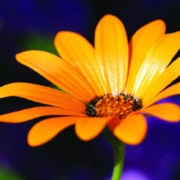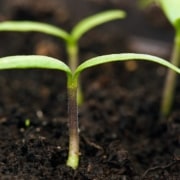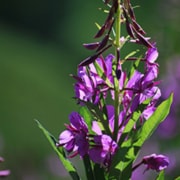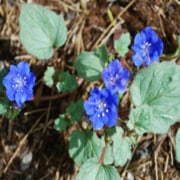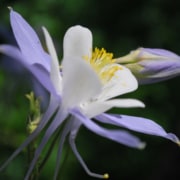ABOUT BBB SEED
BBB Seed specializes in the distribution of Wildflower Seeds and Native Grasses, Grass Mixes, Turf Grasses, Grass and Wildflower Mixes, Regional Wildflower Seed Mixes, and Special-Use Wildflower Mixes including our line of 6 great Pollinator Mixes. In addition, we produce a variety of fun products including Natural Handcrafted Soaps, Gift Baskets, Greeting Cards and More! And one of our new favorite products is our line of Bloomin’ Tins, with a customizable label, filled with wildflower seeds for that perfect way to remember a special day!
GET HELP
Join Our Newsletter
The Dirt
- 6 Sustainable Grass Alternatives That Look Fantastic April 24, 2024
- 12 Most Common Types of Grass Weeds in the US – With Pictures April 24, 2024
- The Perfect 19 Plants for Honey Bees March 7, 2024
- How Long Does It Take For Grass Seed To Grow? February 23, 2024
- The Best Time to Plant Grass Seed: A Comprehensive Guide February 1, 2024
- The Best Grass Seed For Your Region February 1, 2024

